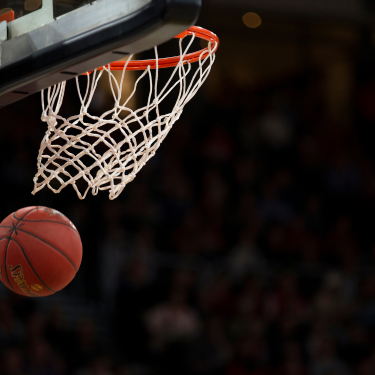Competitive swimming is a demanding sport that requires a combination of speed, strength, endurance, and technique. To excel, swimmers must undergo rigorous training and develop skills that set them apart from their peers. Swimming classes play a crucial role in this process, providing the foundational skills and advanced training necessary for competitive success. In this blog, we’ll explore how swimming classes contribute to competitive swimming training and why they are essential for aspiring swimmers.
Building a Strong Foundation
One of the primary roles of swimming classes is to build a strong foundation of basic swimming skills. For beginners, swimming classes teach essential techniques such as proper breathing, body position, and efficient strokes. These fundamental skills are critical for all swimmers, as they form the basis for more advanced techniques and competitive training.
- Stroke Technique: Proper stroke technique is vital for competitive swimmers. Swimming classes focus on teaching and refining the four primary strokes – freestyle, backstroke, breaststroke, and butterfly. Coaches emphasize the importance of technique to ensure swimmers move efficiently through the water.
- Breathing and Timing: Learning how to breathe correctly and timing breaths with strokes is crucial. Swimming classes help swimmers develop a rhythm that maximizes oxygen intake without sacrificing speed.
- Body Position: Maintaining an optimal body position reduces drag and increases speed. Swimming classes teach swimmers how to align their bodies correctly, whether gliding through the water or performing flip turns.
Enhancing Endurance and Strength
Competitive swimming requires not only technical proficiency but also exceptional physical fitness. Swimming classes play a significant role in enhancing a swimmer’s endurance and strength, essential components of competitive performance.
- Endurance Training: Regular practice in swimming classes helps build cardiovascular endurance. Swimmers engage in various drills and sets designed to improve their stamina, enabling them to maintain a high level of performance throughout races.
- Strength Training: Swimming itself is a resistance workout that builds muscle strength, particularly in the arms, legs, and core. Advanced swimming classes often incorporate strength training exercises, both in and out of the water, to further enhance muscle development.
Developing Race Strategies
Competitive swimming is not just about physical ability; it also involves strategic thinking. Swimming classes help athletes develop and refine race strategies that can give them a competitive edge.
- Pacing: Knowing how to pace oneself during a race is crucial. Swimming classes teach swimmers how to distribute their energy effectively, ensuring they don’t burn out too quickly and can finish strong.
- Starts and Turns: A strong start and efficient turns can significantly impact race times. Swimming classes focus on perfecting these aspects, helping swimmers gain valuable seconds.
- Race Tactics: Coaches in swimming classes often simulate race conditions and teach swimmers how to handle different scenarios, such as competing against faster or slower opponents and dealing with the psychological pressures of competition.
Mental Conditioning
The mental aspect of competitive swimming is just as important as the physical. Swimming classes often incorporate elements of mental conditioning to help swimmers develop focus, resilience, and confidence.
- Goal Setting: Setting and achieving goals is a fundamental part of competitive swimming. Swimming classes encourage swimmers to set realistic and challenging goals, providing a sense of direction and motivation.
- Visualization Techniques: Visualization is a powerful tool used by competitive swimmers to mentally prepare for races. Coaches teach swimmers how to visualize their performance, enhancing their mental readiness.
- Stress Management: Competitive swimming can be stressful. Swimming classes provide strategies for managing stress and maintaining composure under pressure, which is essential for peak performance.
Access to Competitive Opportunities
Swimming classes often serve as a gateway to competitive opportunities. Many swimming academies and clubs that offer swimming classes also organize competitions and have connections with larger swimming federations. For instance, if you’re looking for swimming classes in Delhi, you’ll find that many academies provide pathways to local, national, and even international competitions.
- Local Competitions: Participation in local competitions allows swimmers to gain experience and measure their progress against peers.
- National and International Meets: Advanced swimming classes often prepare swimmers for higher-level competitions, providing the necessary training and support to compete at national and international levels.
Swimming classes are an indispensable component of competitive swimming training. They provide the technical foundation, physical conditioning, strategic insights, and mental toughness required to excel in competitive swimming. Whether you’re a beginner looking to build essential skills or an advanced swimmer aiming for the elite level, enrolling in swimming classes can significantly enhance your performance and help you achieve your competitive goals. For those in metropolitan areas, seeking out specialized swimming classes can open doors to advanced training and competitive opportunities, setting the stage for a successful swimming career.





